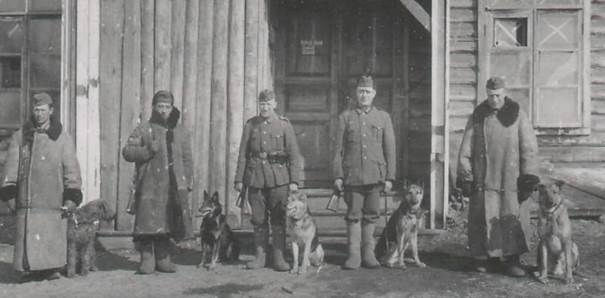Hitler’s Dogs
Soviet servicemen who found themselves in German captivity had a huge negative perception of German service dogs, which guarded the perimeters in concentration camps and were used in search groups for escaped prisoners of war. This heart-rending bark often haunted them in their dreams for the rest of their lives.
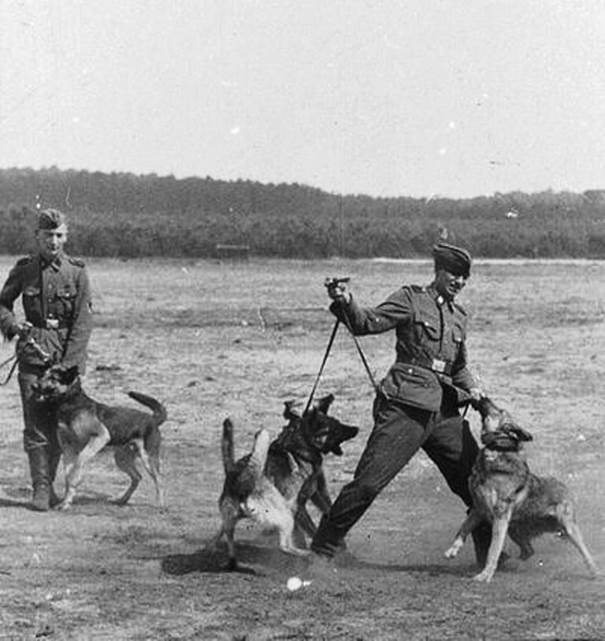
The Nuremberg War Crimes Trials explored this question. Among the materials of the process there is a record:
“Ovcharka Daufmana. Germany. 1939 The Reich Dog Laboratory in Wiesbaden received an order from Hitler’s Chancellery to increase the aggressiveness of the German Shepherd. The customers were SS units that needed shepherds to work in concentration camps. Already at the beginning of the war, Daufmann’s shepherds (named after the dog handler who supervised the experiments) appeared in Dachau, Majdanek, and Auschwitz.”
Soviet partisans did not use the service dogs of the Waffen-SS and SS Sonderkommandos, the military field police, which were used by the Germans to comb the area. There was no life from them. In addition, the dogs did not allow them to silently sneak up on the strategic military facilities of the Wehrmacht and the SS.
Soviet intelligence officers, who went behind the front line for language, knew that if dogs were allowed to follow the trail, there would be no escape from them.
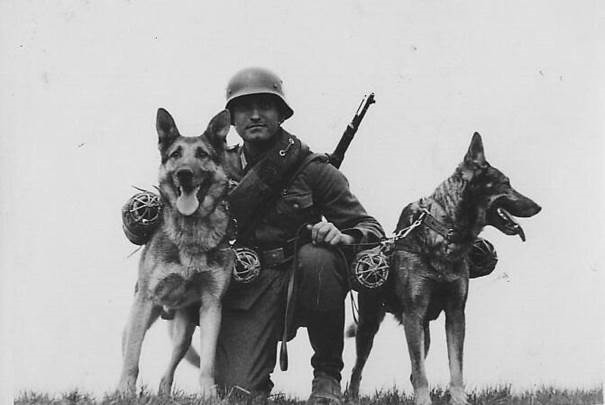
Image source: shnyagi.net
As early as 1930, the German military began to secretly recreate service dog breeding schools and training centers for military dogs. This was done secretly so as not to attract the attention of the inspectors of the Treaty of Versailles. After all, there was a limit on the size of the German army (no more than 100 thousand people). Therefore, military dog breeding schools worked under the auspices of training dogs for the civil and railway police.
The first training institutions for dogs were the Central Training School (founded in Grünheide) and the Military Dog Training School in Frankfurt. These schools could train 2,000 dogs at a time.
The National Socialists also secretly set up training camps and bases where they trained dogs for human attacks and search activities. These camps were listed as harmless societies of civilian dog breeders.
In total, during World War II, the Germans supplied about two million service dogs to the German army and SS. The entire population of Nazi Germany participated in the breeding and supply of dogs to the troops (German families cheerfully competed with each other to see who could put the most young dogs at the service of the Third Reich). By 1942 alone, Hitler’s army and other services had received a million service dogs.
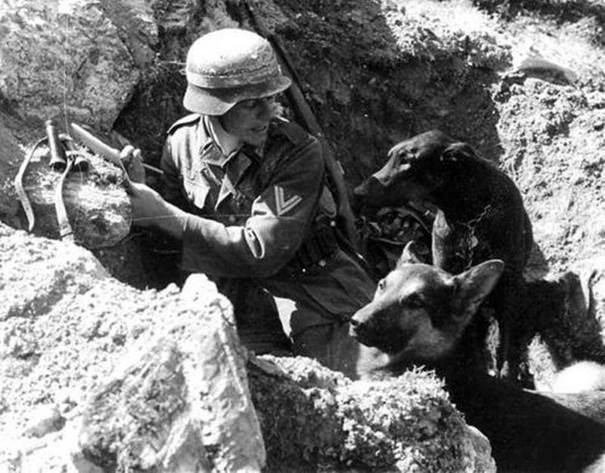
Hitler’s main breed of service dogs is the German Universal Shepherd. In addition, the Third Reich was served by Great Danes, giant schnauzers, Dobermans, Airedale Terriers, Boxers, St. Bernards, and other breeds.
Hitler’s dogs, for the most part, served as guards and combat guards. In addition, German dogs were often used in secrets and ambushes. There were also special dogs that searched for hiding places of enemy snipers.
The ambulance dog was carrying a body kit with emergency medicines, bandages and a flask of cognac. While the wounded man was there, she had to take a red stick attached to a collar in her teeth and get to the orderlies, and then lead them to the wounded soldier or officer. If there is no red stick in its mouth, it means that the dog has not found anyone.
Messenger dogs and ammunition carriers were trained to carry heavy loads and run in a gas mask for a distance of up to 5 km. Of course, the dogs did not put on gas masks themselves, it was done for them by soldiers and only in the initial period of the war. When the belligerents realized that chemical weapons would not be used, gas masks were not used. The weight of the load on the four-legged cartridge carrier is 12 kg.
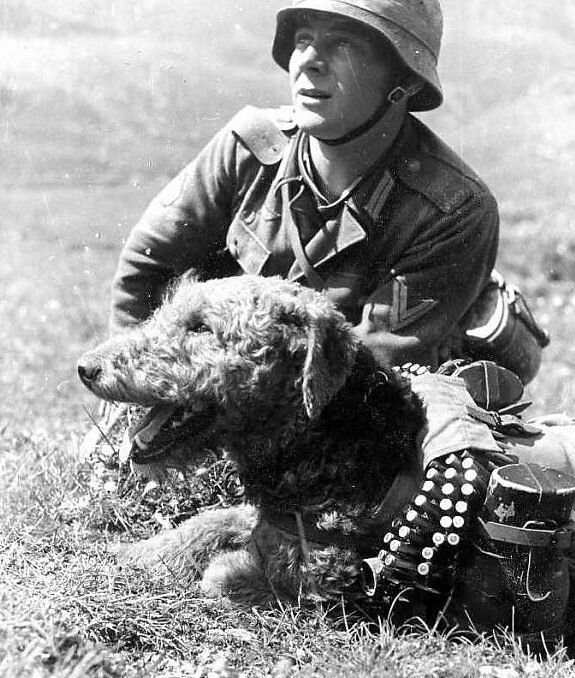
There were special units with dogs to accompany senior Wehrmacht and SS officers. They selected the biggest, strongest and most vicious dogs with short black shiny hair. In other units and subdivisions, emphasis was placed on hardy, medium-sized dogs.
Each infantry regiment of the Wehrmacht had a section of service dogs. There were up to 20 dogs on the staff of such a department. At the very beginning of the Britzkrieg, they mainly played the role of liaison dogs, carrying carrier pigeons in small baskets, which were also on the allowance of this department (50 birds on a regular basis).
Each SS guard regiment already had a company of dog handlers with dogs. Dogs were also used in the Luftaffe and Kriegsmarine units (mainly to guard airfields and naval bases).
There were even sled dogs.
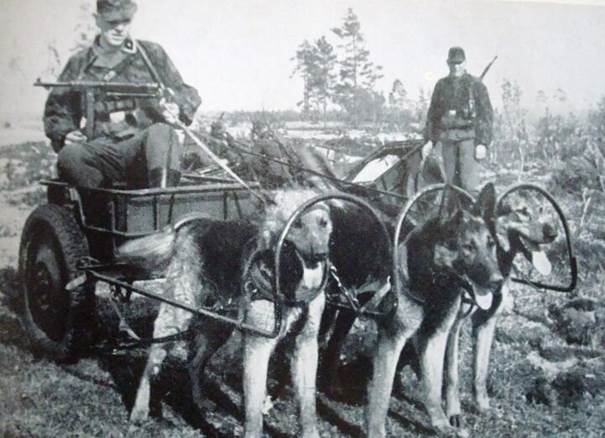
The Germans sent 25,000 trained shepherds to militaristic Japan to help their allies.
The “dog” units of the Wehrmacht and the SS suffered very heavy losses. After all, the Soviet side always tried to eliminate German dogs, as an increased source of threat and danger. Therefore, the German army and SS had a great loss in dogs, and after 1943 in the occupied territories, the Germans already began to catch mongrel dogs (mongrels) and adapt them for guard and guard service.
